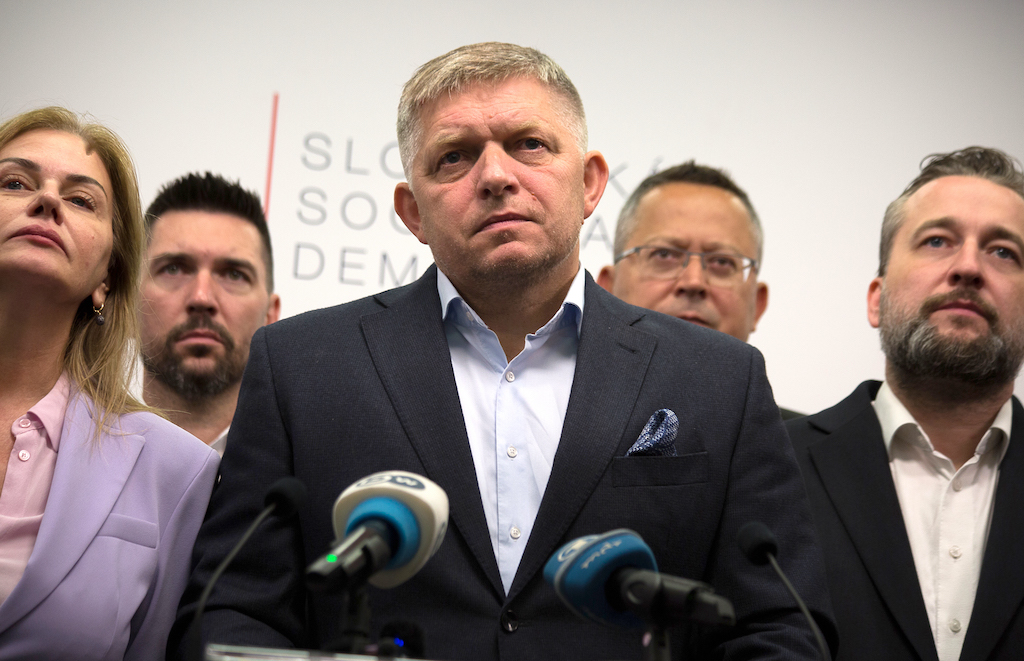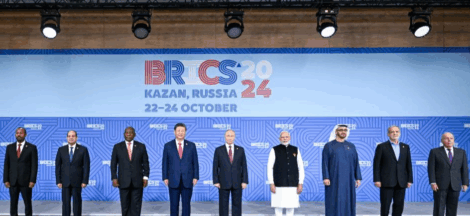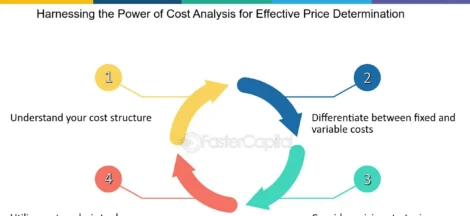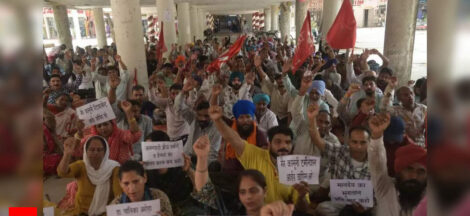By Jakub Bokes
Slovakian national election was comfortably won by Smer (Direction), the populist social democratic party of former Prime Minister Robert Fico, with the centrist pro-European party trailing five points behind. The announcement of the results was followed by “unease in the West,” as international media reported the victory of “a pro-Moscow former PM.” In fact, the Slovak electoral system makes it virtually impossible for a party to govern alone, and ongoing negotiations between party leaders will determine the shape of the next government. But it’s already clear that Slovakia has been added to the list of “populist” electoral upsets.
Giving this story an international angle, most foreign press has focused on Fico’s vow to end military aid to Ukraine and call for negotiations with Russia. Yet in Slovakia, the former prime minister’s attacks on banks and food retailers have proven equally resonant, as voters suffer from three years of falling living standards. To be sure, Fico’s weaponization of recent migrant crossings from Hungary and opposition to “LGBT ideology” helped energize parts of Smer’s older, socially conservative base. But if Fico is the only Slovak politician able to connect with people’s material needs, the Left urgently needs to start listening to the country it wants to win over.
Ahead of the September 30 election, the campaign had focused on the cost-of-living crisis, the war in Ukraine, and criminal investigations into corruption scandals linked to high-ranking members of Smer. A turnout of 68.5 percent, the third highest in the country’s history, together with the unprecedented coverage in international press, attested to the importance of the election. As expected, Smer won the election, standing on a left-wing nationalist platform of opposing austerity, fighting inflation, and ending military aid to Ukraine. Its 23 percent vote share exceeded most polls, giving the party forty-two seats in the 150-member National Council. While this has opened a possible path back to power for Smer’s firebrand leader Fico, he will need coalition partners to form a government.
Smer cannot count on PS, which united a large section of the electorate opposed to Fico and secured thirty-two seats. Its most obvious partner is, rather, Hlas (Voice), the moderate social democratic party of former Prime Minister Peter Pellegrini, founded in 2020 by members of Smer critical of Fico’s leadership. After slipping in the polls throughout the summer, Hlas outperformed projections and ended up winning twenty-seven seats. This has put Pellegrini, Fico’s onetime protégé, in the position of kingmaker. While Pellegrini’s promise of a “strong state” to address the cost-of-living crisis echoes Fico’s left-wing populist program, questions remain about the personal relationship between the two former prime ministers.
What’s more, even a Smer-Hlas coalition would be seven MPs short of an overall majority. The Slovak National Party (SNS) was widely seen as Fico’s preferred coalition partner before the election. However, the cooperation pact which SNS made with several fringe far-right parties seems to have backfired — of the ten MPs elected on the party’s list, only one is a member of SNS. As a result, the party promises to be an unpredictable coalition partner, and Pellegrini has already expressed his reluctance to govern with them, preferring instead to go with the Christian Democrats (KDH). KDH, however, has so far ruled out working with Smer.
This makes Smer’s path to power more complicated than a cursory reading of the results might suggest. Should Smer fail to form a government, this would open the possibility of an “anti-Smer” alliance composed of PS, Hlas, KDH and the economically liberal Freedom and Solidarity (SaS). But this raises problems of its own. The progressives’ liberal social agenda is bitterly opposed by KDH; meanwhile, Pellegrini’s social democratic program would be a hard sell for the small-state liberals of SaS. In other words, there would be very little holding the coalition together ideologically, apart from its desire to prevent a Smer-led government.
That’s not to say that there is no demand for such an alliance. Behind the scenes, Michal Šimečka, the thirty-nine-year-old Oxford-educated leader of PS and vice president of the European parliament, has already begun enticing Pellegrini to join a coalition that would prevent the return of Smer. He has been encouraged by liberal media, who have quickly forgotten their previous animosity towards Hlas, as Pellegrini’s party has emerged as the only hope of keeping Smer out of power. As one liberal commentator aptly summarized the prevailing sentiment, PS must do “whatever it takes” to prevent Fico’s return.
But as calls for budget cuts strengthen amidst the country’s soaring deficit, a PS-led government could signal four years of austerity measures. This would mark the culmination of a six-year-long rightward shift for PS, a party founded in 2017 by entrepreneur Ivan Štefunko as a left-liberal alternative for disillusioned leftist voters, but one that has since been transformed into a Macron-esque project with liberal technocrats at its steering wheel.
A former member of the Party of the Democratic Left and onetime editor of the socialist magazine Slovo, Štefunko rose to prominence two decades ago as a rare left-wing critic of Smer. At a time when the political map was split between former prime minister Mikuláš Dzurinda’s neoliberal shock therapy and Fico’s managerial social democracy, Štefunko criticized Smer for not going far enough in reversing the pro-market reforms implemented by Dzurinda between 2002 and 2006.
Ideologically, Štefunko is a child of his time. Unlike Fico, who joined the Communist Party of Czechoslovakia aged twenty-two, two years before the end of its rule, Štefunko spent most of his childhood in Algeria, returning to Slovakia only in 1992. Unburdened by the defeat of “actually existing” socialism in Eastern Europe, Štefunko’s views owed more to the alter-globalization movement of the 1990s than to the experience of the post-communist left in Slovakia. Thus, just as the Western New Left had done after the defeat of the organized working class in the 1970s, Štefunko came to see anti-capitalist resistance as an intersectional struggle of various oppressed identity groups. As he summarized his views in an interview with the center-right daily SME in 2006, “the proletarians of the twenty-first century are the various socially disadvantaged oppressed minorities.”
For many — including many on the Left — the return of Smer would mean a long-feared end to ongoing criminal investigations into corruption among high-ranking members of the party. The credibility of the full extent of those allegations is hard to assess, due to the nakedly political character they had assumed under the previous center-right government. Claims that Fico was the “head of a crime gang” are probably exaggerated and no direct connection between Fico and the murder of journalist Ján Kuciak in 2018 has ever been alleged. However, there is little doubt that serious embezzlement of public funds occurred under his governments, and many of his ministers — including Fico himself — had close ties with prominent oligarchs.
At the same time, violations of constitutional rights by police investigators over the past three years have raised questions about the impartiality of the ongoing investigations. Between 2020 and 2023, the constitutional court found twenty-three instances of breaches of fundamental rights in judicial proceedings. During the election campaign, high-ranking Smer politicians were arrested and their houses raided. This has allowed Fico to downplay allegations against his party by reinforcing the perception among his base that the police and prosecution are political institutions answerable to the government of the day.
Due to the absence of an organized left-wing movement in the country, it will be hard for leftists to hold Smer to its pre-election commitments, such as its promise to regulate retail food prices, or its vow not to consolidate public finances by cutting the social safety net. This is despite the fact that Smer had in fact offered an olive branch to the radical left, by giving a place on its party list to leader of the left-wing Socialists.sk party, Artur Bekmatov. Alas, Bekmatov missed out on parliament by six thousand votes. Given Smer’s strict party discipline, one cannot therefore expect parliamentary opposition to Smer to come from the Left.
This puts the Left in a difficult position. On the one hand, many of Smer’s pre-election commitments — rejection of austerity, an autonomous foreign policy, and the restarting of “social dialogue” between employers and unions, neglected by the previous government — are worth holding it to. However, the absence of a left-wing movement to take ownership of such measures means that Smer could abandon many of its commitments with little pushback — especially if a rising budget deficit leads to pressure from the EU and financial markets to cut public spending.
After three years of high inflation and falling living standards, Slovakia has a chance of having a stable social democratic government with a mandate to protect the welfare state. Should the next government fail to stop the erosion of the social safety net, this could pave the way for a return of an emboldened far right. Leftists need to choose their battles wisely. (IPA Service)
Courtesy: Jacobin




 Climate Change Has Affected Tea Production In Assam And North Bengal
Climate Change Has Affected Tea Production In Assam And North Bengal 